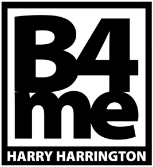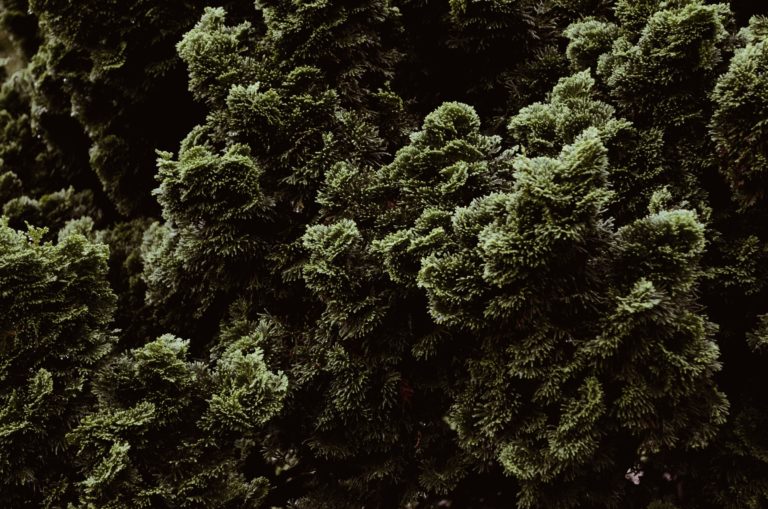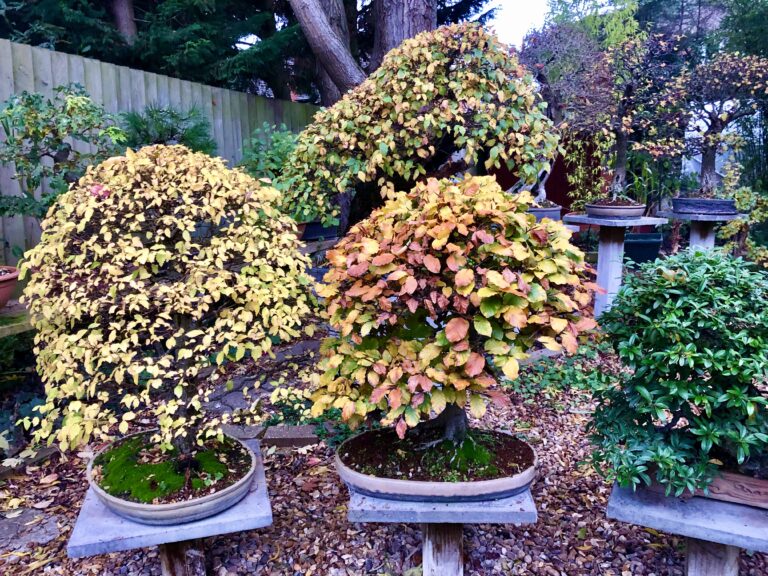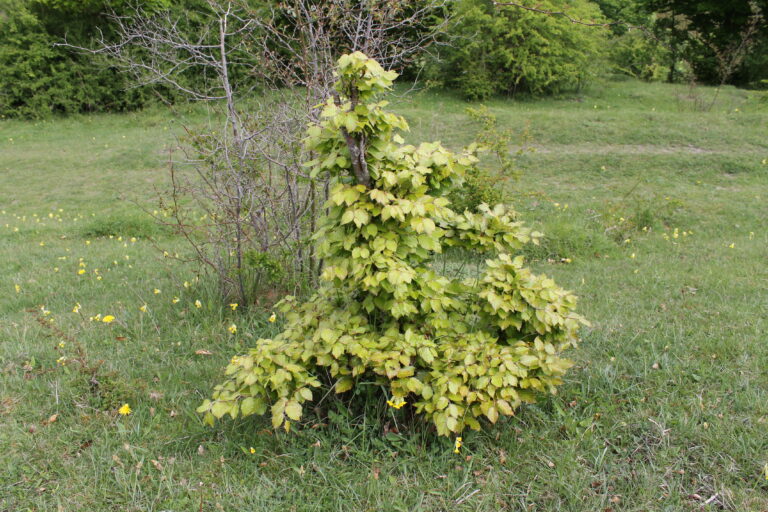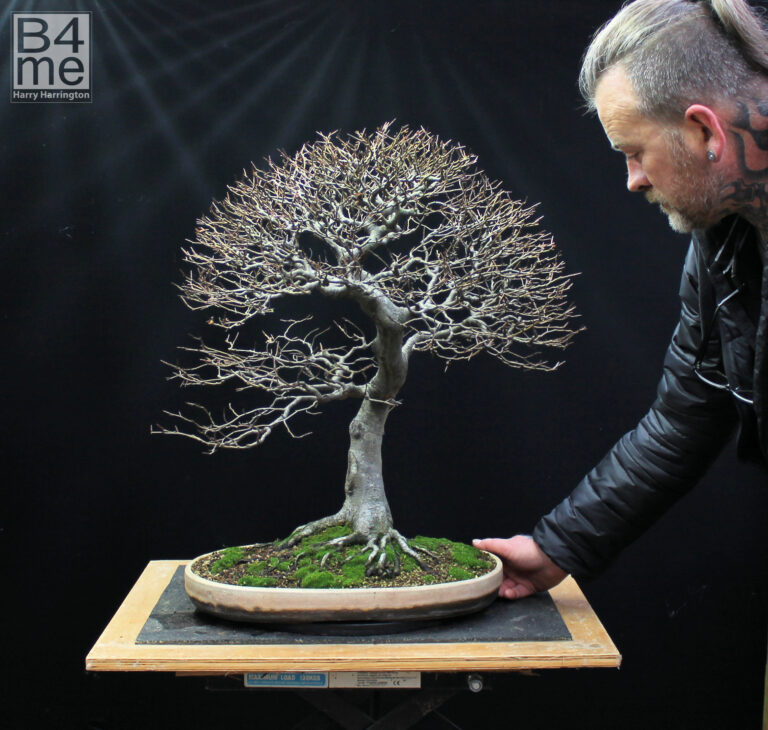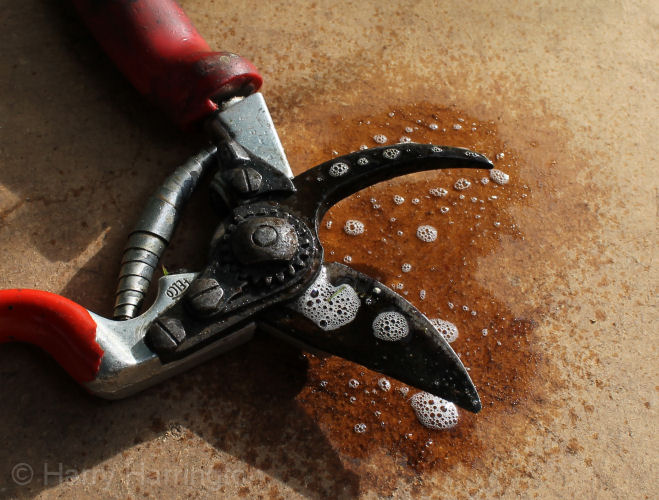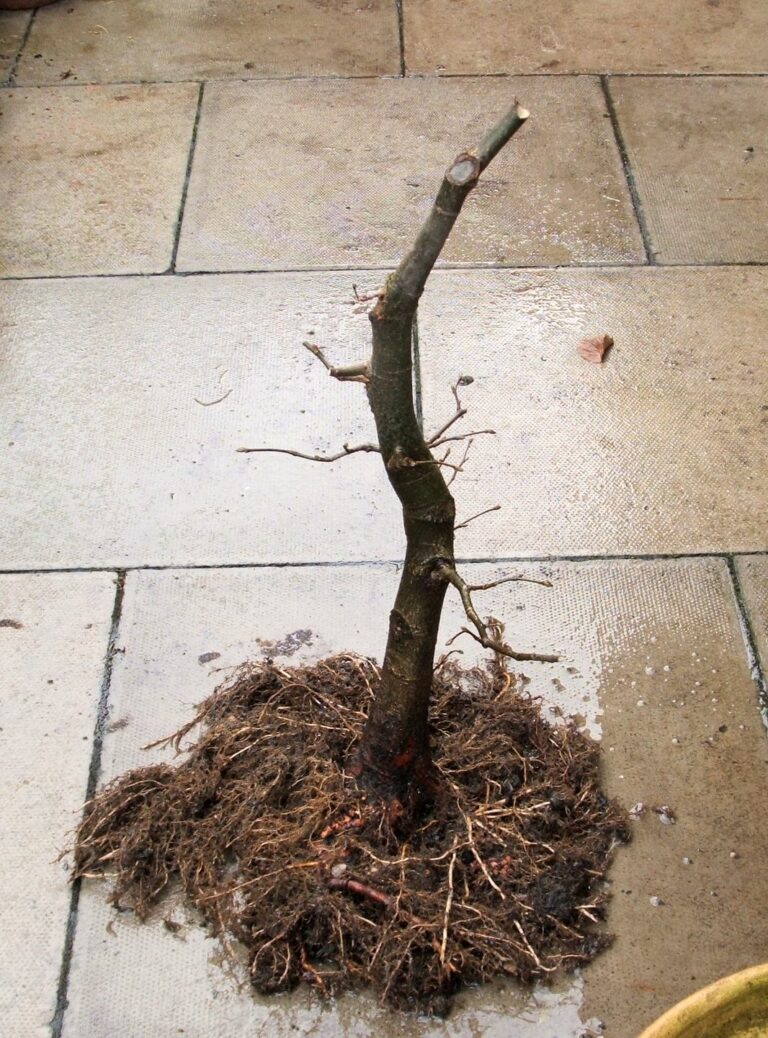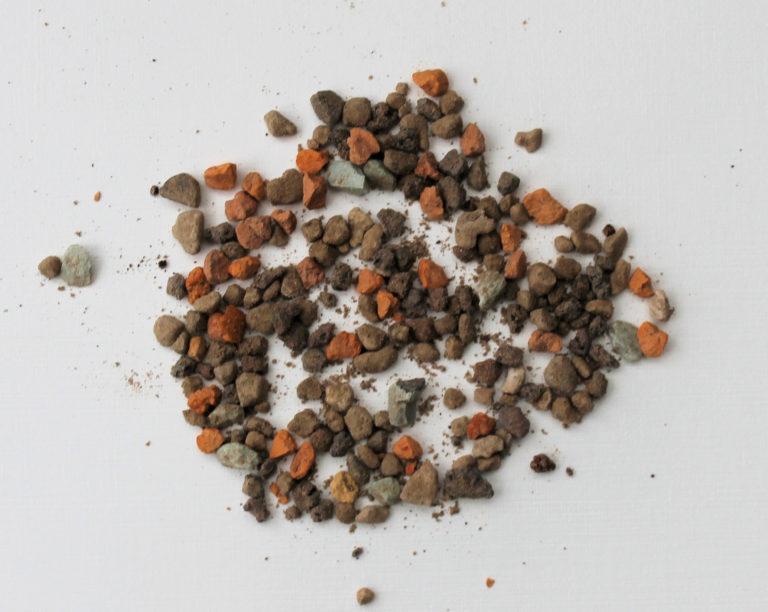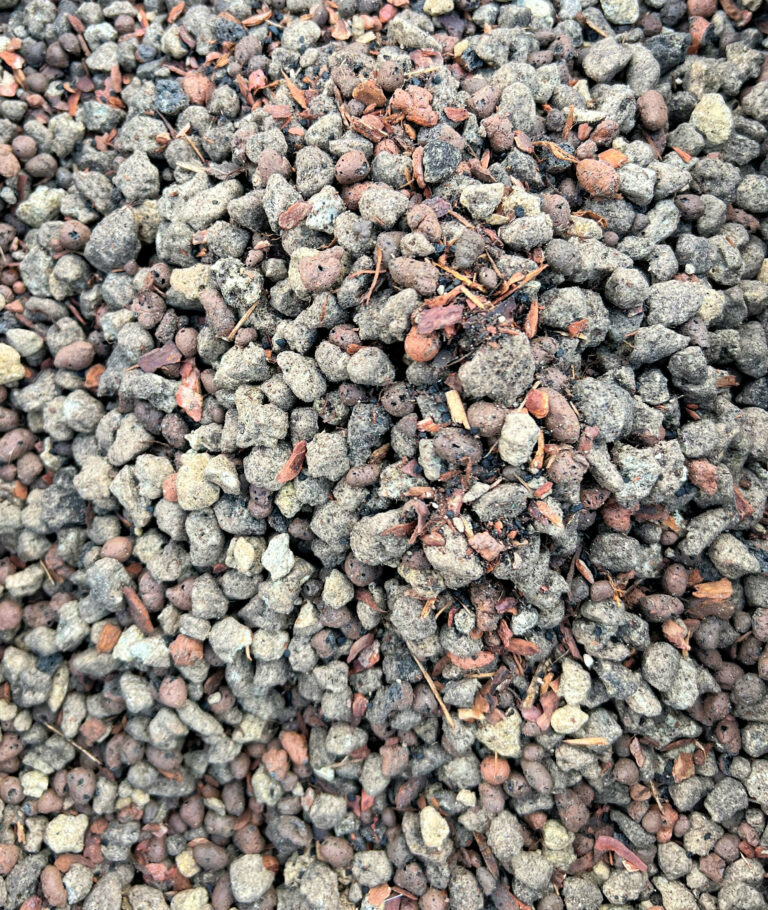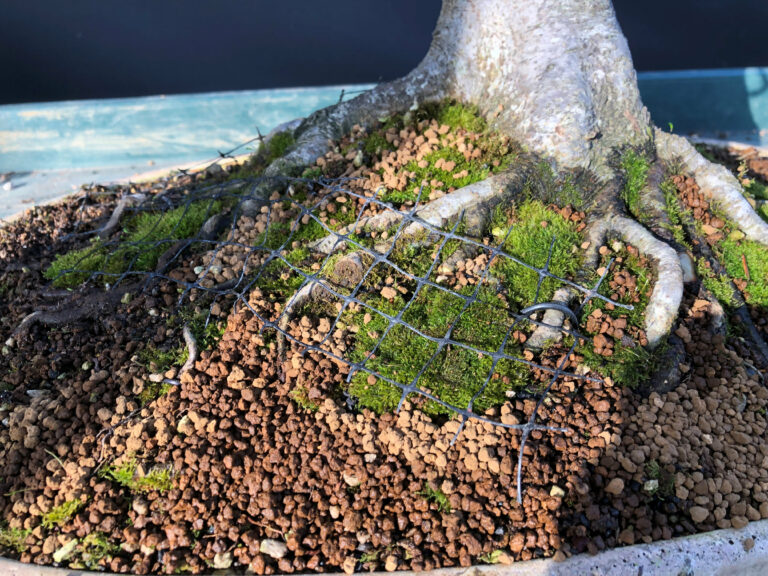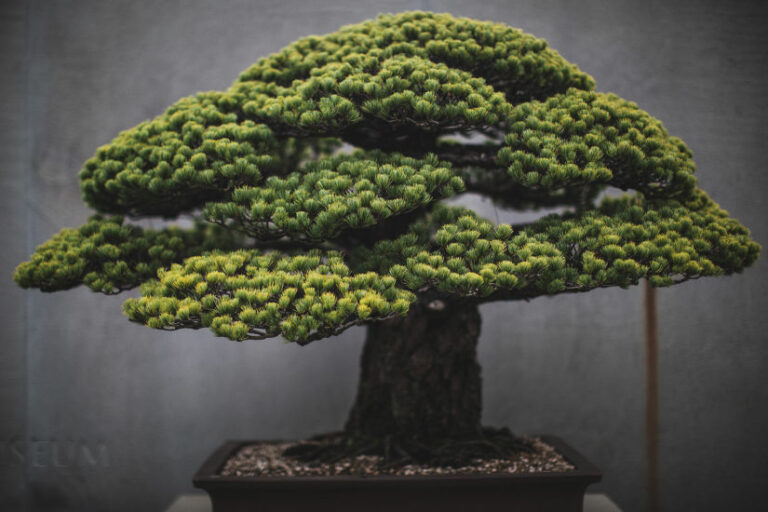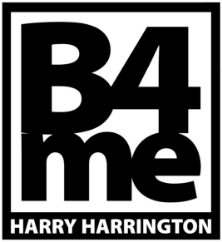SEARCH FOR your articles
Find our articles
September 7, 2023
Watch out for early leaf-fall on your bonsai!
August 17, 2023
The roots of deciduous trees are very active throughout the Autumn and this can be a great time to collect.
May 27, 2023
The best way to increase ramification in hornbeam (Carpinus), oak (Quercus) and beech (Fagus), and many broadleaf trees.
April 13, 2023
Advanced Pruning Techniques for Fagus sylvatica/European Beech Bonsai
March 23, 2023
How to clean your bonsai tools and woodcarving bits easily
March 23, 2023
An article outlining the development of trees in the ground for bonsai.
March 12, 2023
Soil Mixes for Weak and Newly Collected Trees
March 10, 2023
Deterring birds from the moss on your bonsai.
January 25, 2023
A superb book of photographs by Stephen Voss
January 25, 2023
An introduction to Danu and ProBio Carbon, and what it is capable of!
